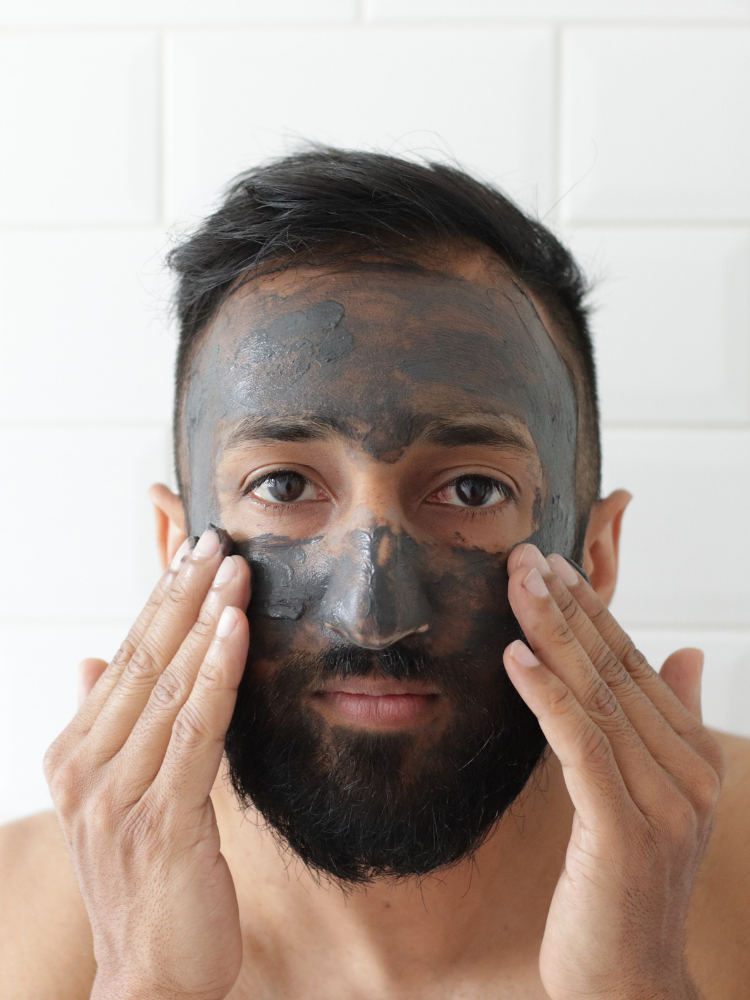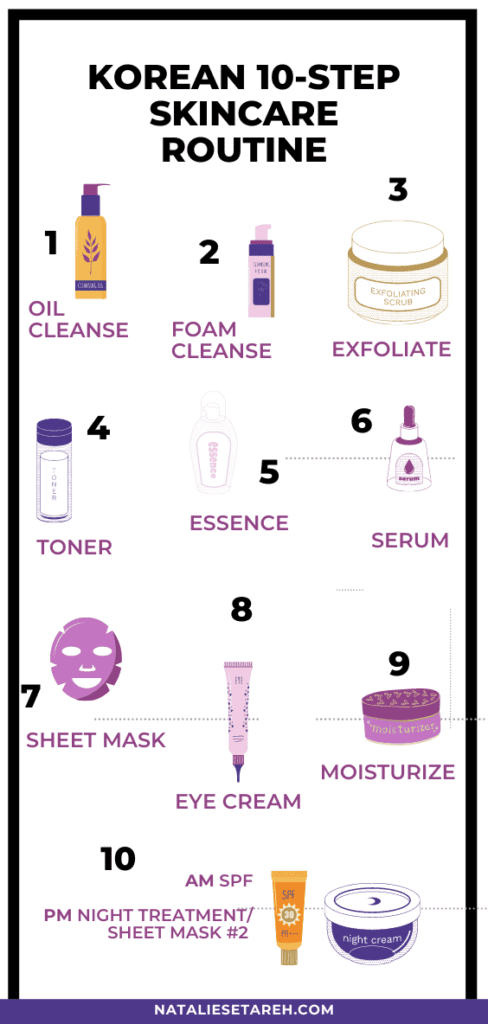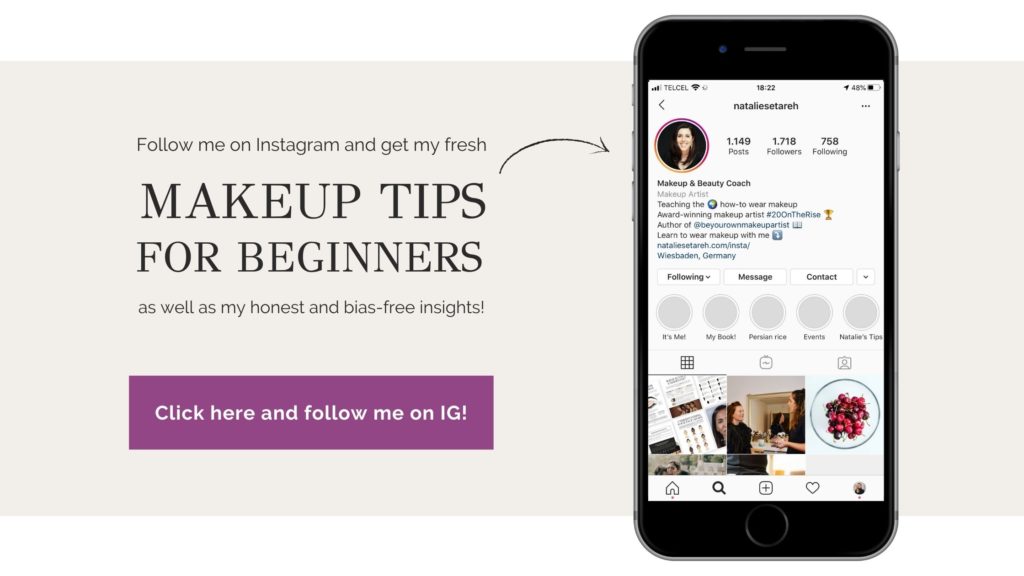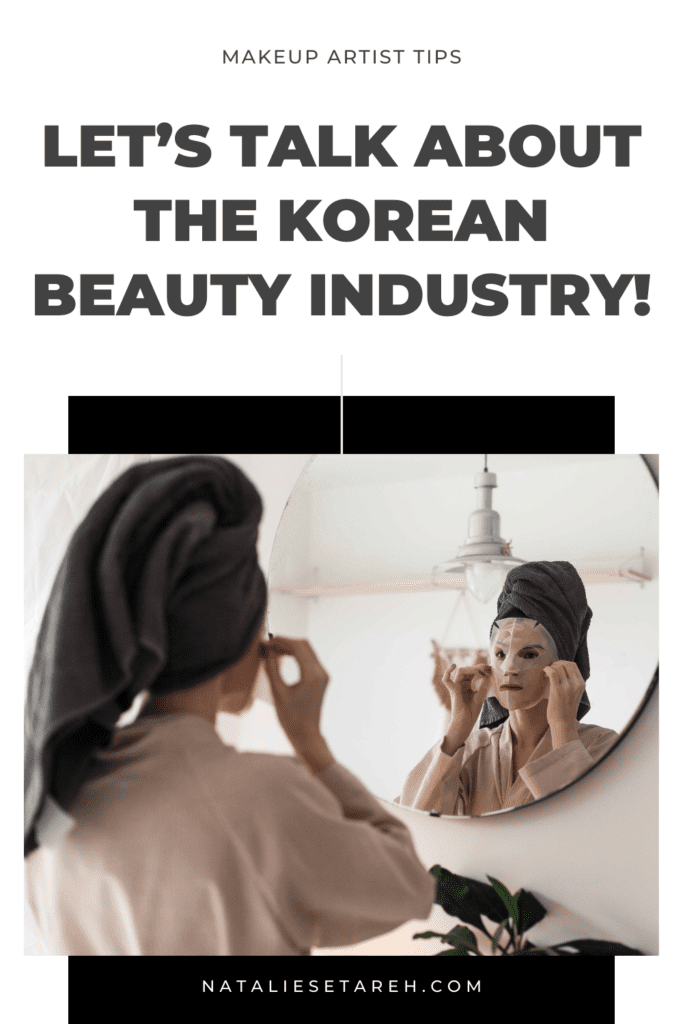
Let’s Talk About the Korean Beauty Industry!
Sheet masks, cushion foundations, snail serum, bee venom treatments, 10-step skincare, “glass skin.” Does any of this sound familiar? If you spend just a little bit of time scouring the internet, you will definitely hear about one (or more) of these Korean beauty trends that have infiltrated international markets for several years now. So, let’s talk a little bit about the Korean beauty industry and I’ll share my thoughts about it as a makeup and beauty educator. Ready to dive in?
What Is Korean Beauty?
With an emphasis on dewy, naturally luminous skin, the Korean beauty industry is no longer a movement that’s just floating around specific communities. It seems that Korean beauty wave, aka the “Hallyu wave” is now a mainstream function of today’s beauty standards! Just about everywhere in the United States and even now in Europe, you can find Korean cosmetics everywhere and at a range of price points! !
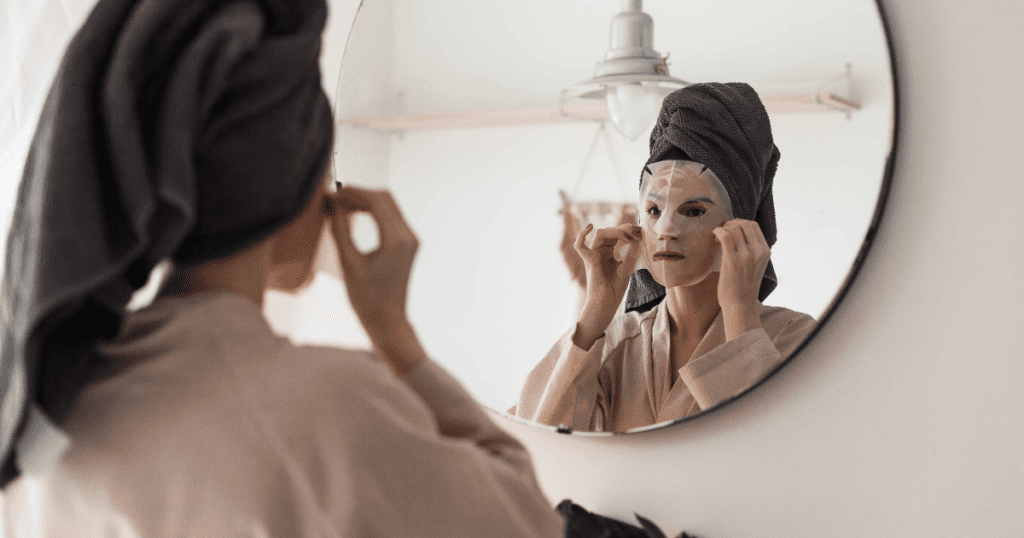
Korean Cosmetic Household Names
Did you know that the following brands are Korean?
Amorepacific
Tony Moly
Laneige
Dr. Jart+
These extremely popular brands now aren’t neceessarily being sold under the “K-Beauty” umbrella. You might’ve not even been aware they are Korean beauty brands! You don’t have to shop for them through specific Asian beauty importers. Korean beauty trends are SO deeply embedded into current markets that they are now a staple to a general audience.
Here’s something else that’s fascinating. Mega conglomerates such as Estee Lauder are now cashing in and buying out major brands, too! In fact, the K-beauty market pulled in over $10.3 billion in 2021 and is estimated to double to $20.8 billion by 2026 according to Market Data Forecast. So, it’s not going anywhere!
Why Are Korean Beauty Products So Popularized?
The popularization of Korean beauty products may have been influenced by the simultaneous popularization of Korean animated media, soap operas/dramas, and widely celebrated K-pop. When it comes to numbers, the Korean diaspora account for 7 million people worldwide! 2 million of which settled in the USA and China — this is significant! Add globalization, social media, the ease of international travel (amongst other things), we are undeniably all more interconnected. We are no longer limited to the physical movement of people or goods and we have access to almost everything we could want these days via the internet.
One of the main tenants of the Korean beauty wave that I’m here for is a large focus and emphasis on healthy skin and healthy skin practices. Considering our skin is one of our largest organs, my hopes are that this trend will help consumers understand that skincare is paramount to makeup application. The more access to SPF, moisturizer, and preventative formulas, the better!
Now, while our human family is something to celebrate — “trends” in the market still encourages buying more than any one person actually needs. (Additional reading: The 6 Questions To Ask Yourself Before Buying Another Cosmetic Product and Sustainability in the Beauty Industry).
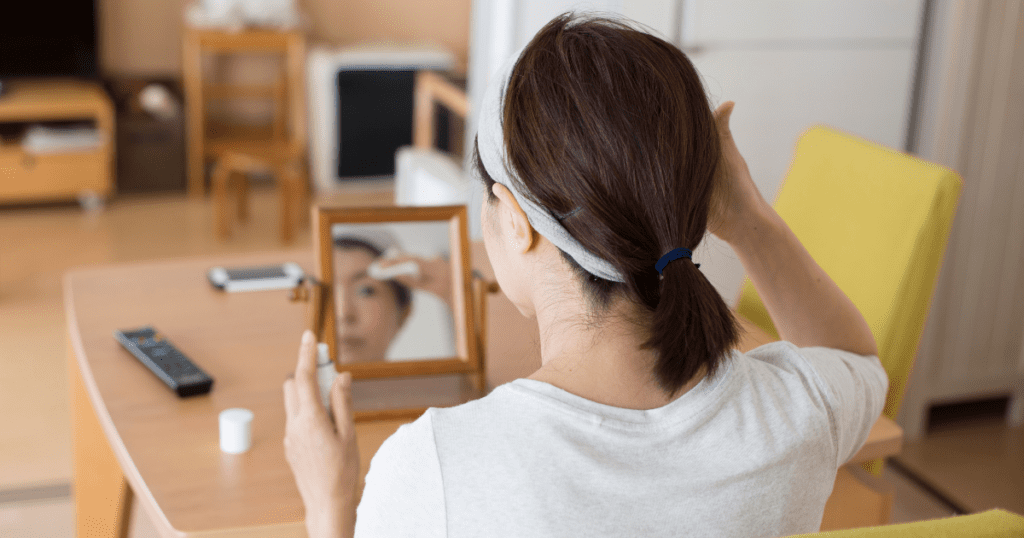
What is the 10-Step Skincare Routine All About?
The standard Korean skincare routine generally encourages the use of over 10 products daily or twice a day. To achieve that signature glowy, radiant “glass skin” at home, this takes a lot of time and work. Let me know in the comments below whether you have the time and/or energy (and money) to sustain a 10-step skincare routine!
Korean Beauty and Inclusivity
One topic I wanted to touch on before I wrap up this post is inclusivity. As the beauty industry becomes more focused on being inclusive, I’m definitely watching to see how Korean brands grow into international markets. Variety and customization is a big part of Korean beauty, so they might actually do really well in a diverse international market. It’s certainly popular right now, so we will have to wait and see if it has longevity!
For example, one of the most highly rated cushion foundations that I mentioned earlier, the Amorepacific Color Control Cushion, is one of the premier products of its type and is widely sold in major retailers like Sephora. Yet, there are only 5 shades available. The range starts with light pink and ends at medium yellow. I go into more detail about foundations and inclusivity in this post here, if you’re interested in learning what I carry in my kit.
Although one could argue that the standard in East Asia is accommodating to the most common complexions, it simply is not all inclusive. Asian beauty is notorious for selling creams to achieve “fair skin” or for “skin brightening” which makes their current exclusion feel purposeful.
However, I can’t really say that American or European brands are that much better. It is certainly more difficult to get away with only selling 5 shades of a product if only a fraction of the population could use it. It is more advantageous to sell more shades if the shades can be sold in large volumes or used as good PR.
Share Your Thoughts!
All that being said, I’m so curious to hear your thoughts on these Korean products and brands! Have you incorporated any of them into your daily beauty routine? Have you tried the 10-step skincare routine? As always, I would love to hear your personal experiences! Leave me a comment and let me know whether you’ve tried any of these products and if so, what you think about them!
If you have questions for me about K-beauty, or any other kind of makeup or beauty topic, you can always ask me here! I try to answer everyone who messages me directly, and sometimes your questions becomes topics for my blog or podcast! If you want to learn more about makeup from me, you can grab a copy of my book, Be Your Own Makeup Artist, or sign up to be notified about my upcoming Makeup For Beginners Course!
Beauty is about perception, not about make-up. I think the beginning of all beauty is knowing and liking oneself. You can't put on make-up, or dress yourself, or do you hair with any sort of fun or joy if you're doing it from a position of correction.
kevyn aucoin
